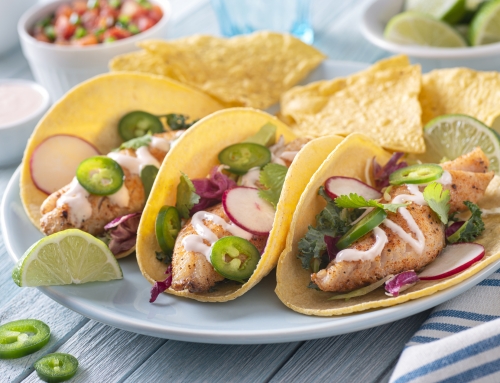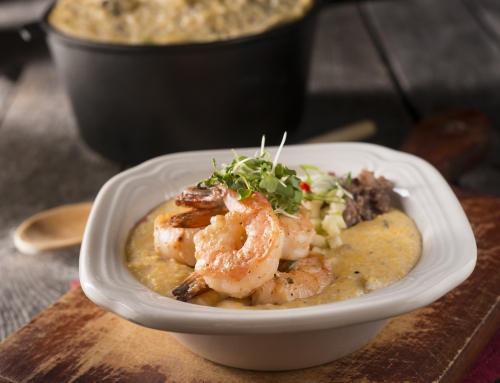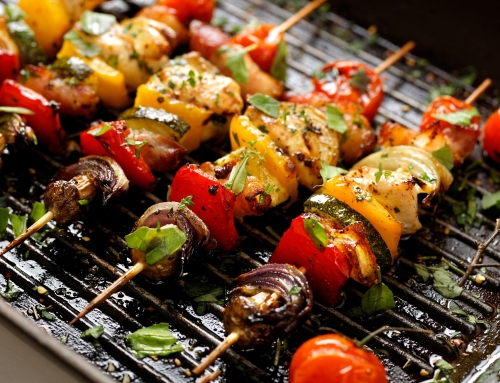The DPC Education Center is very excited to be partnering with Jessiana Saville from kidneyrd.com to supply you with kidney friendly recipes and tips each month! Jessiana is a registered dietitian and works hard to increase access to dietitians for kidney disease and dialysis patients.
Think pizza is out on for your Superbowl fun? Think again!
Tomato, cheese, and salty meats usually make pizza a “limit” item for the renal diet. However, with a little creativity, some great herbs, and other fantastic flavors you can serve this up for any game-day and enjoy every bite without busting the sodium, phosphorus, or potassium bank.
Originally passed down from Italy, pizza has made its way into the homes of many Americans as a classic favorite. This simple meal can take on many forms with numerous possibilities. I don’t know about you, but I have a weak spot for pizza. However, pizza usually gets a bad reputation in the world of a renal diet due to its high potassium, high sodium, and high phosphorus content ( a triple whammy!) . It can be challenging to find pizza options that work with your renal diet but not impossible. We have come up with a few simple tips to help you enjoy a homemade version of this classic dish!
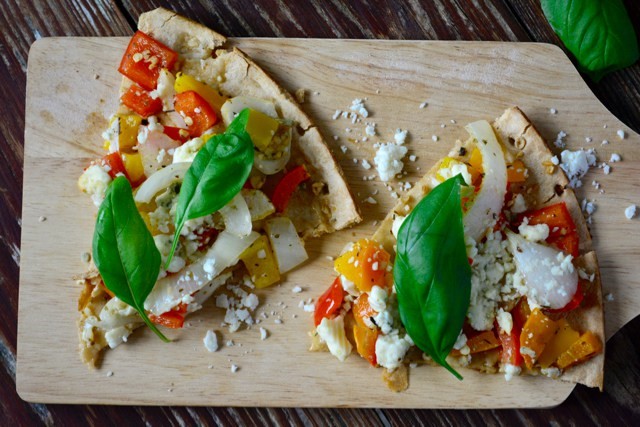
Sauces:
Ditch the tomatoes, which tend to be very high in potassium, and get creative with your bases to make a tasty kidney friendly meal! Our KidneyRD pizza features extra-virgin olive oil for the ‘sauce’. Additionally, you could whip up a pizza with about six tablespoons of pesto or barbecue sauce instead of a tomato paste.
Toppings:
Pizza is a great way to enjoy seasonal vegetables! Use this recipe to try different vegetable toppings compatible with a renal diet such as zucchini, asparagus, fresh spinach, or kale. In addition, try tossing in some fresh herbs for an added boost of flavor. Fresh basil is always a winner with pizza and will increase the visual ‘wow factor” when you bring out your dish for the game.
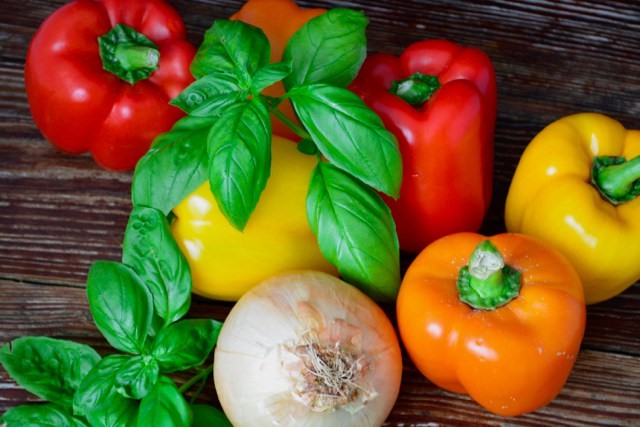
Sodium and Cheese:
Another important factor to consider when preparing to make pizza is the sodium content. Checking the labels on the crust and the cheese can help identify the lower sodium options. In our KidneyRD pizza, feta cheese provided a good amount of sodium per serving. However, a lower sodium parmesan or mozzarella, used in moderation, could also be used to help decrease the sodium level. Remember, with the exception of feta and brie, cheese is a higher phosphorus food, so should be used in conservative quantities.
Sodium and Crust:
Store-bought crusts will have more sodium then a homemade crust, but for the sake of convenience is something you can use. You can also try your hand at making your own crust, which would allow you to control how much salt is added directly. If you google, “easy pizza crust” the internet abounds with recipes. Just cut down the sodium and made add a bit of garlic powder to enhance the flavor. Making your own crust really is a 15-20 minute job or less if you have a bread machine. If you’re really trying to cut back salt to keep your blood pressure down, it would be worth the time to make the crust yourself.

